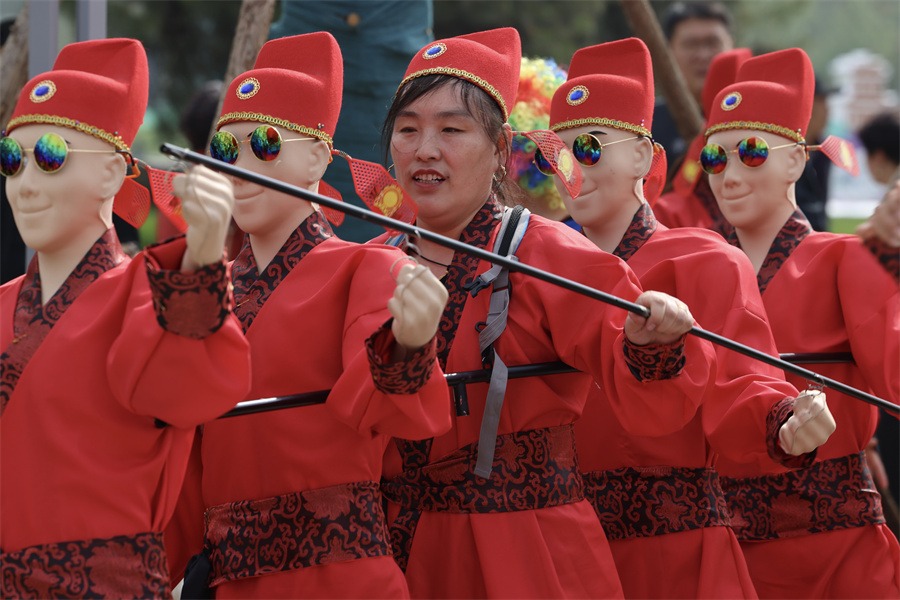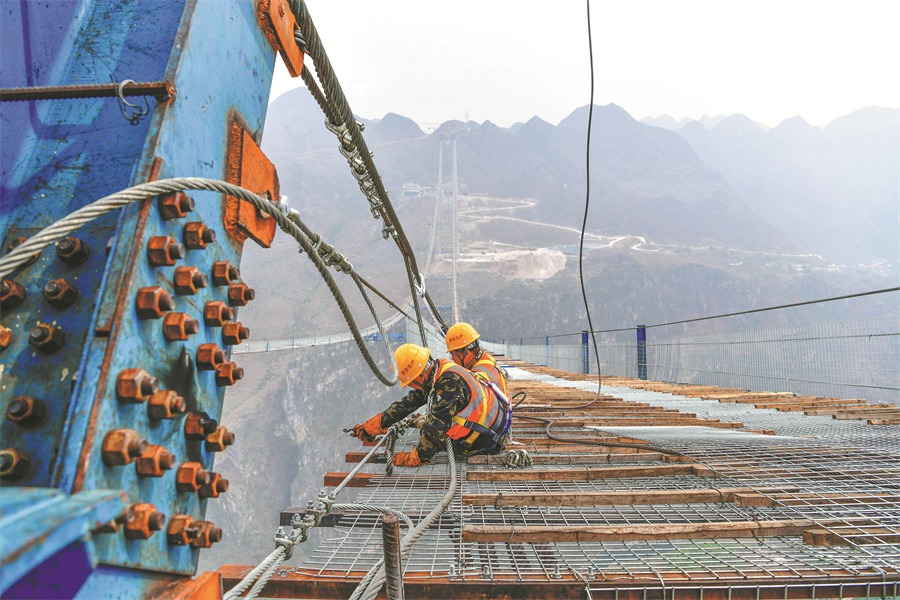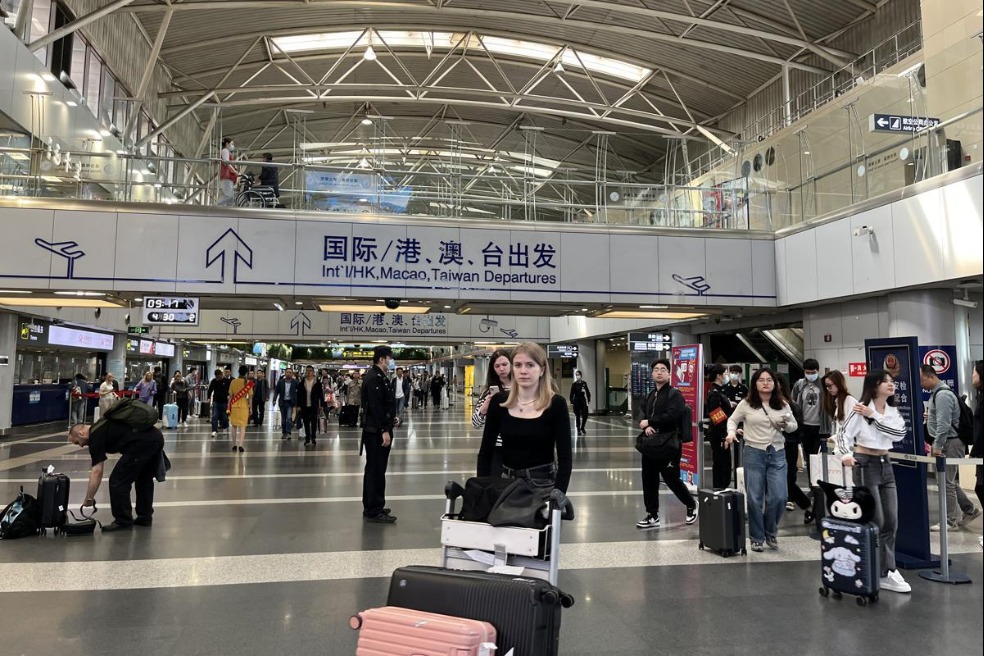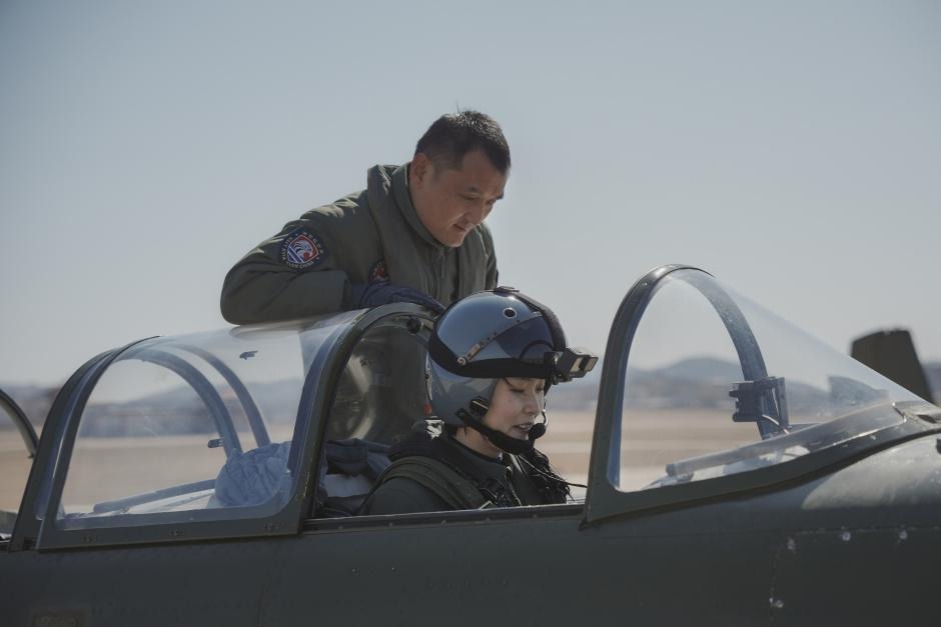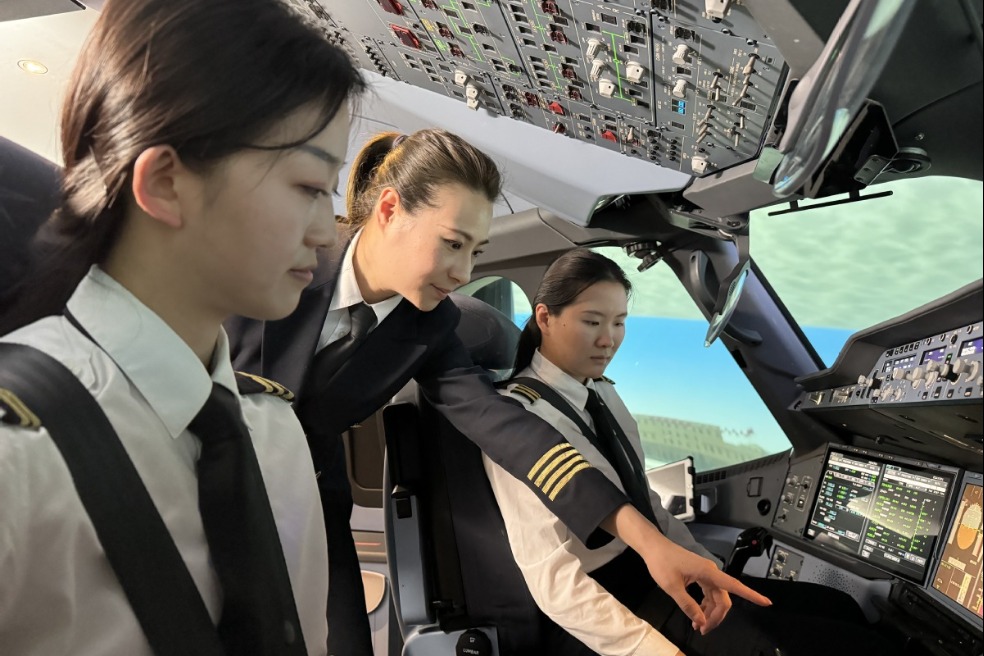Breathing fresh air into medical reforms
Flu season reveals need to fine-tune country's three-tier hospital system

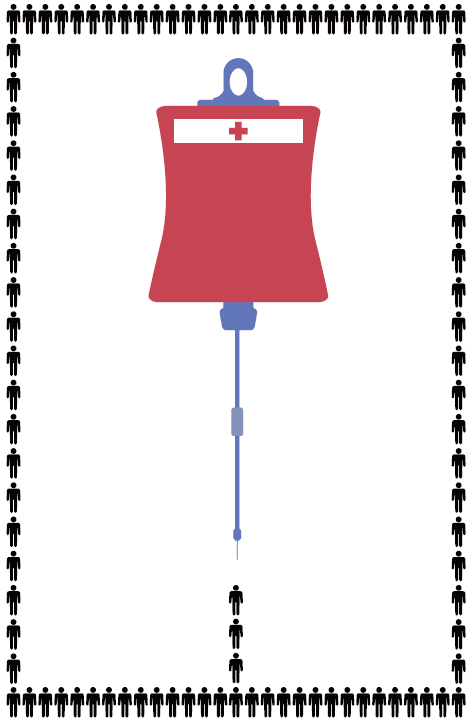
Influenza and respiratory illnesses such as pneumonia have swept the country this winter, hitting residents in big cities such as Beijing and Shanghai.
While the spread of these illnesses has been uniform, where infected people have gone for treatment has seen huge variations. Images and stories of bigger and better-equipped hospitals overflowing with patients — with some waiting for hours to see a doctor — have been making headlines. Despite the strong demand for treatment, primary medical institutions, or community health service centers, were much less sought after.
China has a three-tier system for hospitals. Tertiary hospitals, which have the largest number of beds and provide comprehensive medical services, are at the top. Most county-level hospitals are classified as secondary, while the majority of grassroots community health centers are designated as primary and have fewer than 100 beds.
The strong preferences in hospital choices were clearly demonstrated recently in Shanghai. According to a report by Shanghai TV, on Dec 17 the number of child patients seeking emergency treatment at the Luding Road campus of Shanghai Children's Hospital, a tertiary hospital, was 1,539. However, on the same day at Putuo District People's Hospital, a secondary one, it was 301. At Changfeng Community Health Service Center, a primary medical institution, it was just one. All the medical institutions are located in Shanghai's Putuo district.
The issue of how to fine-tune the three-tier system triggered heated discussions among local lawmakers and political advisers in Shanghai last month during their annual plenary sessions.
"In winter in the future, when people no longer have to line up to see doctors and there are no more crowds in big hospitals, we will be able to say that the city's three-tier diagnosis and treatment system is complete," Zhang Wenhong, a national political adviser, said at the session.
In the early 2010s, the State Council, China's Cabinet, released several documents to accelerate the construction of the hierarchical diagnosis and treatment system in order to improve the efficiency of medical resources utilization and standardize medical treatment.
Under the three-tier system, community health service centers provide diagnosis and treatment of common diseases and routine examinations of residents. Regional medical centers, or secondary ones, provide further diagnosis and treatment, including for complicated and difficult cases. Comprehensive tertiary hospitals handle very complicated, difficult and rare cases, and also perform surgeries.
While delivering the Shanghai government work report at the sessions, Gong Zheng, mayor of Shanghai, said that the city will strive to make high-quality medical resources more available at the grassroots level, and continue to strengthen the capacity building of community health services this year.
Local legislators and political advisers made various suggestions with many focusing on how to make community centers more attractive choices for local residents.
National needs
"The upgraded strength of health services at the grassroots level should not only deal with seasonal contagious diseases better, but also meet the overall future medical needs of the country when it is faced with an increasingly aging population," said Zhang, the national political adviser, who is also head of the infectious disease department at Shanghai Huashan Hospital.
Shanghai is one of the first Chinese cities to deal with the realities of an aging society. At the end of 2022, more than 5.5 million of the city's permanent residents were aged 60 or older, accounting for 36.8 percent of the city's total population, according to the latest official statistics.
Nationally, the country may enter a stage of moderate aging next year. The National Health Commission has estimated that the number of elderly people aged 60 and above will exceed 300 million in 2025, accounting for over 20 percent of China's population.
There are more than 977,000 primary medical institutions in the country, accounting for nearly 95 percent of the total number of medical institutions, according to the NHC. However, to date they have not been given adequate resources, according to experts.
The availability of basic medicines at community health service centers is limited, said Gu Jieyan, a political adviser. "It's necessary to expand the scope of drugs supplied at such grassroots facilities and allow them to have therapies for common diseases consistent with secondary and tertiary medical institutions in the same region," said Gu, also vice-governor of Shanghai's Songjiang district and in charge of its public health system.
Wang Changfeng, a 73-year-old Shanghai resident, said that he usually goes to a tertiary hospital for treatment of his chronic cough because the medicine that works best for him is only available there.
"Seeing a doctor there usually takes half a day. And in a long cycle of treatment this situation may be repeated several times," he said.
Way forward
The medical and health division of the Shanghai Municipal Committee of the Chinese People's Political Consultative Conference submitted a proposal at the session. The proposal not only mentioned expanding the availability of drugs, but also widening the scope of medical examinations and tests at primary medical institutions.
It also said it is necessary to increase charges for medical services, which are currently much lower than their real value. "In the current situation, tertiary hospitals, which are mostly responsible for their own profits and losses, have to pursue large amounts of services to survive. This also results in doctors' having an excessively heavy workload," said the proposal.
"This results in lighter loads on secondary and primary hospitals and doctors there aren't able to improve their skill sets because they cannot access a variety of patient cases."
Gu also suggested diverting a proportion of medical appointments usually done at higher-level hospitals to doctors at primary medical institutions.
"This way, patients who first seek medical advice at a primary institution who don't have their problem solved will have priority access to a senior doctor at a tertiary hospital," Gu said. "This is the original intention of building the three-level system compared with the current situation, where people go directly to a big hospital for almost everything," Gu said.
She also said physicians in certain departments at primary medical institutions should be authorized to prescribe certain medications for longer periods, making their services more attractive to local residents.
Other measures to make using primary medical institutions more attractive include higher reimbursements for medical bills and extension of service hours, said Jin Ying, a Shanghai legislator and director of the Dapuqiao Community Health Service Center in Huangpu district.
"When someone runs a fever their temperature usually rises in the afternoon and during the night, while primary medical institutions usually stop providing services at 4:30 pm," she said. "This leaves patients with no other choice but to go to big hospitals."
Jin said that her center received an average of 300 patients per day during the seasonal peak of respiratory diseases in December, while Renji Hospital, a tertiary hospital located in the same district, reported 2,200 patients a day attending its emergency and fever clinics.
Talent building
Primary medical institutions should give young medical talent more opportunities for career development, several legislators and political advisers suggested at the session.
Political adviser Jiang Qi said that the current system makes primary medical institutions unattractive to medical graduates as the pay is usually lower and there are fewer chances for promotion and to obtain a technical title.
She suggested that job packages and career opportunities at primary medical institutions be more in line with tertiary hospitals. This would include the chance of job promotions and housing subsidies.
In a proposal submitted to the session by the Shanghai committee of the China Association for Promoting Democracy, an alliance of different-level hospitals was suggested in order to remove the need for a single hospital to sign work contracts with new recruits. This new employment structure would help guarantee recruits have access to the same opportunities for their career development.
Such alliances have been established in many cities over the past decade in an effort to provide medical services of similar standards at different facilities.
Zhang, from Huashan Hospital, suggested doctors from primary institutions undergo regular training at higher-level hospitals to improve their professional skills.
"The continuous improvement of doctors' abilities will make the public more willing to turn to primary medical institutions," he said. "An increase in patient numbers will in turn improve a doctor's diagnosis and treatment ability, which will motivate doctors to do better work."
Other suggestions included well-known doctors from renowned hospitals working temporarily at primary medical institutions on a regular basis to attract residents to such facilities and build the capacity of the centers' medical teams.
Pediatric services
As children are vulnerable to seasonal viruses, legislators and political advisers urged greater efforts to establish more reliable pediatric services at primary medical facilities.
There are 335 community health service centers in Shanghai, and the number of those providing pediatric care rose from 125 in 2019 to 246 in 2023. However, many parents said that they are still hesitant to send their children to primary facilities due to not enough choices of medicine and inadequate equipment for testing and physical checkups. Concerns were also expressed over the professional skills of doctors at the centers.
The majority of primary medical institutions that have pediatric care only provide such services between half a day and two days a week. Most of them do not have full-time pediatricians, and they rely on doctors from higher-level hospitals to see the young patients.
"We can't control when children fall ill and there is no emergency service at night or on the weekend. These are the main reasons why I won't prioritize such facilities for my choice," said Zhou Wenshu, the mother of a 1-year-old boy.
Ma Jin, a political adviser in Shanghai, suggested improving the provision of children's medication and test kits at primary medical institutions to better diagnose and treat basic pediatric diseases.
"When a minor can be accurately diagnosed the first time, basic treatment can be carried out to avoid their disease progressing to a severe condition," Ma said.
Some primary institutions said that they have stepped up their testing capabilities in recent years. At the Xinhua Subdistrict Community Health Service Center in Changning district, tests for respiratory pathogens, including influenza A and B, mycoplasma, adenovirus, and respiratory syncytial virus, have all been available in the past year.
Ma suggested that all the primary medical institutions in Shanghai provide basic pediatric services around the clock.
However, it is impractical for each community center to have a full-time pediatrician, so general practitioners need to be equipped with basic pediatric medical skills, he added.
















